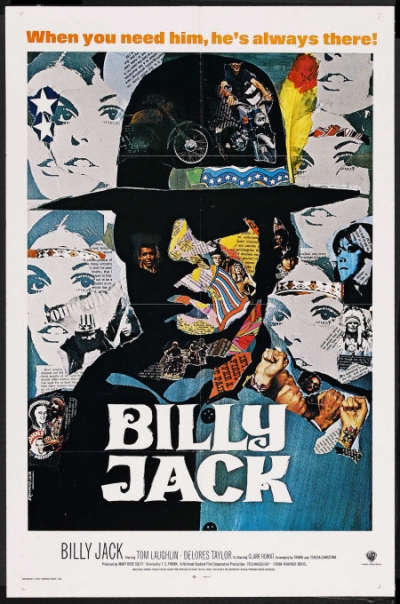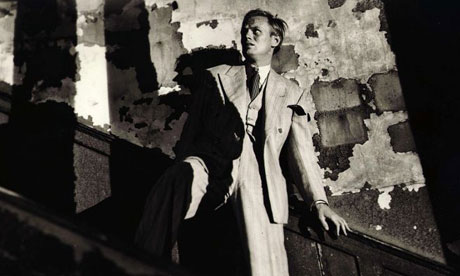Corridors of Blood (1958)
There’s a bit of a misnomer in the title of this film: while there are many corridors, there’s very little blood featured in what amounts to an effective thriller from 1958.
Corridors of Blood stars Boris Karloff in rare non-monstrous mode as Dr. Thomas Bolton, an expert surgeon in the Victorian period searching for the key to painless surgery. Bolton’s humanitarian efforts to discover anesthesia have him experimenting on himself with a mixture of gases until he finally finds the mixture that works. Unfortunately, the mixture also causes blackouts that have Bolton wandering London, getting into mischief and eventually being exploited by underworld criminal Black Ben (Francis de Wolff) and his associate Resurrection Joe (Christopher Lee) to sign false death certificates for murder victims.
Corridors of Blood is a surprisingly slow-moving film for its run time (it comes in at less than an hour and a half), taking awhile to build the character of Bolton and the world of barbarous surgery that he’s trying to reform. The most intense scenes are also the earliest, as Bolton performs amputations without the benefit of anesthesia. That in itself is horrific enough and Bolton’s colleagues seem to be immune to the suffering of their patients, relying on the refrain that you cannot separate pain and the knife. Bolton disagrees, but as he gradually becomes addicted to the anesthetic gases with which he experiments his own surgical skill suffers.
While far from a horror film, Corridors of Blood is actually quite effective at creating a sympathetic protagonist whose gradual downfall is entirely due to his humanism (in contrast to your usual mad scientist). Christopher Lee puts in a strong but underused performance as the sepulchral Resurrection Joe, a character who looms out of dark corridors dressed in a funeral coat and top hat. The other characters are fairly stock, from the earnest young doctor who wants to make a difference to the sweet Victorian maiden (Bolton’s niece) confused by what’s going with her uncle. Still, though you can predict the ending of this film, that doesn’t make it any less poignant.










